A secret: The cloth that comes with buying glasses is not for cleaning lenses
Date: 2022-07-22 Categories: BLOG Hits: 1787
As a senior user of glasses, have you found that the lenses are often blurred, and no matter how you wipe them, they can't be wiped clean, and your eyes can't see clearly?
Upon closer inspection, I found that the lens had a lot of small scratches.
See the world through polished lenses.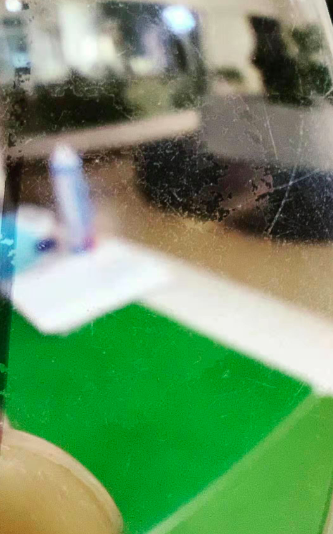
Is this because the lens quality is too poor, or is our daily operation wrong? Can scratched lenses still be worn? Let's find out today.
What's on the lens surface?
—
To know why the lens is scratched, we must first understand how the surface of the lens is composed.
Although the lens looks transparent, there are actually many layers of coatings for different purposes on its surface.
Among these coatings, some can improve the light transmittance of the lens; some can make the lens more wear-resistant and prolong its service life; some better lenses also have a waterproof, anti-fouling, and dust-proof film, which makes the lens more durable. Easier to keep clean and relatively more worry-free to use.

Some lenses are coated to prevent reflections.
Therefore, in fact, what we wipe every day is not the lens itself, but the various layers attached to the surface of the lens.
They seem to be integrated with the lens, but in fact, once we wipe improperly, or the coating or lens itself is of poor quality, these coatings may be worn, scratched, or even peeled off. Eventually, the lenses were ground and the glasses were completely unusable.
The coating is so troublesome, is it better to use uncoated lenses?
For lenses, with or without coating, there is a risk of being worn and scratched. And without the coating, the optical quality of the lens is greatly reduced.
Where do lens scratches come from?
—
Excluding the operation of rubbing the glasses on the ground, many lens scars come from the action of rubbing the glasses.
When people find that the lens has dust or oil that needs to be wiped, they often don't realize that most of this dirt are the grease on our eyelashes, the horny face on the face, the fine grit in the air, and the dander on the head.
Especially grit, although they may look small, they are actually terrifyingly hard for the film. Think about it, if you hold a piece of sand and scratch it on the lens, it will cause scratches on the film and even the base.
Therefore, the wrong cleaning method is equivalent to accelerating the wear of the lens.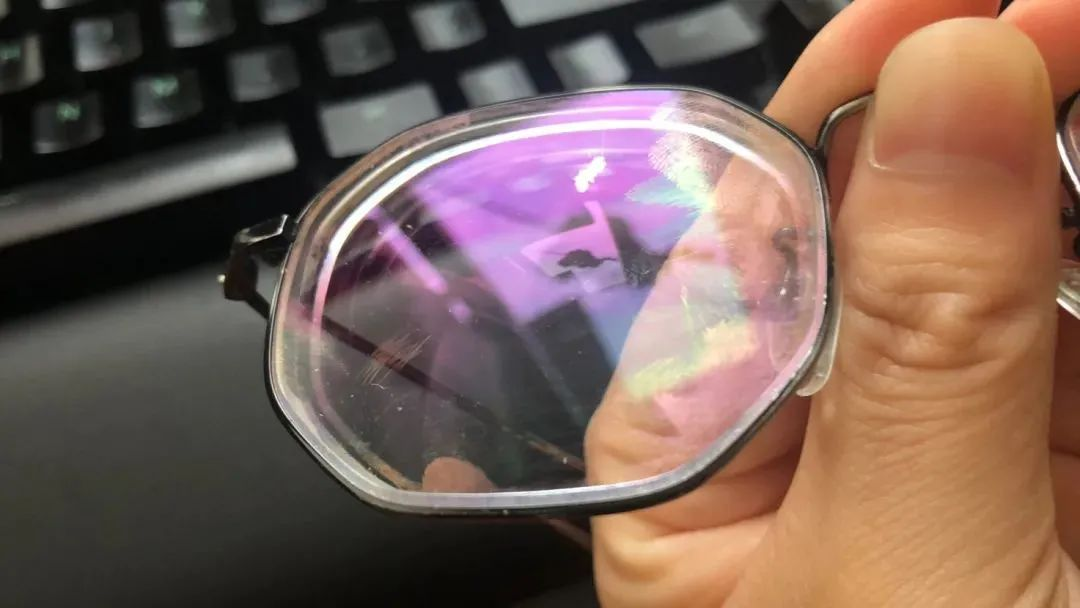
A typical dirty lens contains dander, fingerprints, and dust.
In addition, the tools used to clean the glasses may also cause lens damage.
What do you use to clean your glasses? The cloth that came with you when you bought the glasses? wrong!
Most of the provided glasses cloth is to wrap the glasses when they are put into the mirror case, so as to avoid the glasses from colliding with the case, not for you to use it to clean the lenses.
Also, in general, this cloth is not suitable for wiping lenses because the cloth is rough. And the cloth suitable for wiping the lens, the cost is relatively high. If you want to know if the cloth can actually be used to wipe your lenses, you can ask the clerk in a hopeless way.
In the same way, cotton T-shirts, the corners of plaid shirts, face towels, and mouth napkins that seem to be of good quality are not suitable for wiping lenses.
The fibers of these materials are terrifyingly rough to look at when magnified, and if they are used directly to wipe glasses, even if there is no dust on the surface of the lenses, they will wipe away traces of the coating over time.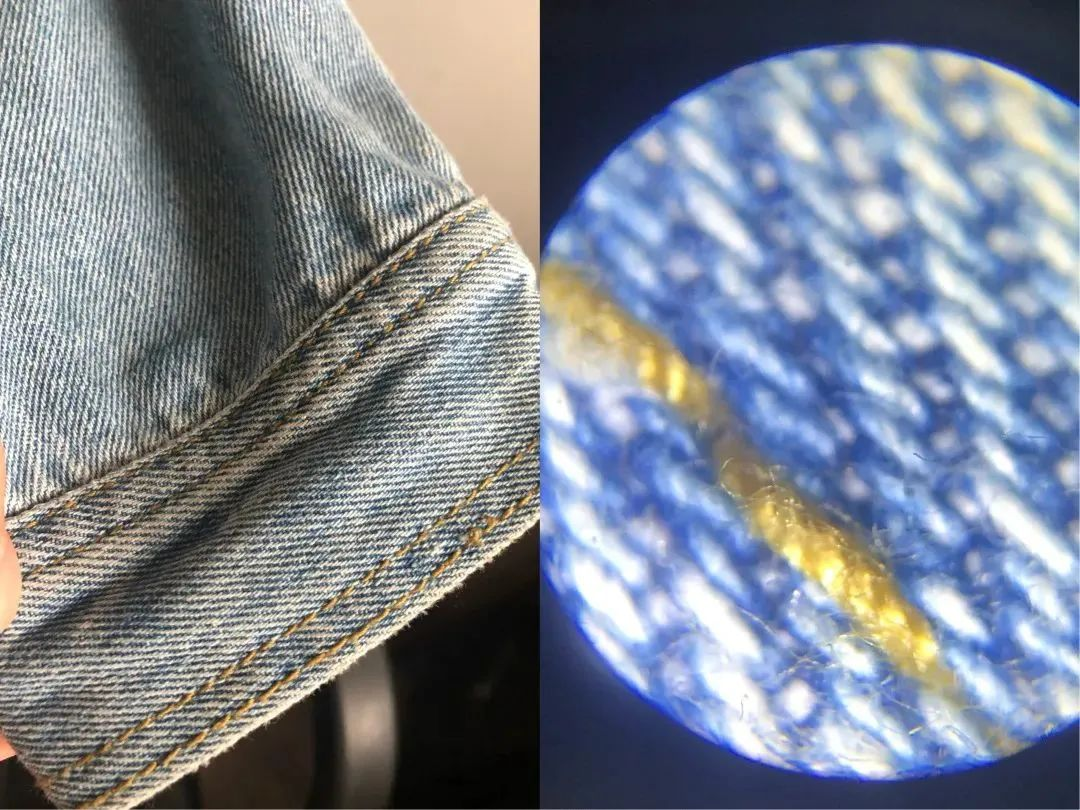
Before and after the sleeves are magnified 20 times.
Finally, there is the issue of wiping.
People generally hold the glasses cloth and make circles on the lenses like rubbing a plate. After a few laps, the lens was not wiped clean, but the oil was evenly spread.
Dust and invisible small particles also happily circled around the lens surface like a merry-go-round, making deep contact with many layers of film, and leaving traces of intimate contact along the way.
And from our usual personal observation, all our friends from all over the world have mastered this stunt without a teacher. I really don't know how the whole country can achieve such a unified movement.
Combining the above factors, the most common effect is to cause wear and scratches on the surface of the lens. At the same time, since the outermost protective film is damaged, the inner coating and lens are more easily damaged.
Such a vicious cycle, the more you rub, the more worn, and the more you wear, the less clean it will be. For the lens, it will shorten life, and for the human being, it will be difficult to see clearly.
The end result is a lose-lose for eyes, wallet, and old lenses.
Correct lens cleaning posture
—
The correct way to clean the mirror is very simple.
First, rinse off the dust adhering to the lens surface with clean water. Then, use the glasses cloth or soft paper towel provided by the merchant to absorb the moisture on the surface of the lens.
If you have very long eyelashes that always get grease on the inner surface of the lens, or if you accidentally get oil on the lens while eating, you can rinse the lens twice with water first. Then, use the diluted dishwashing liquid, lather it up with your hands, and gently apply it to the lens surface. (Be sure to apply lightly)
After rinsing again, use a glasses cloth or paper towel to dry up the water, or hold the middle beam of the frame, wipe the water stains away, and repeat several times. Remember not to spin in circles yet.
If you feel that you can't remember these procedures, you can't control your hands and want to circle around the lenses, or you feel too troublesome to wash them yourself. Then you can also buy an ultrasonic cleaner and let it do everything for you, but it's still up to you to dry it.
If you want to save money, but are too lazy to wipe it yourself... You can also go to the optical shop downstairs every day to have the master clean it, guaranteeing that it will be cleaned for you, and by the way, you can also tidy up the frame, killing two birds with one stone.
Another option is to use lens wipes for cleaning lenses.
This wipe is easy to carry, soft paper, and comes with a neutral detergent that can effectively dissolve oily stains. Similarly, it is recommended to treat the dust on the surface of the lens before wiping, such as blowing it, or bring your own spray bottle, spray it first and then wipe it.
In addition, please remember, to be sure to dry in time after washing.
When sweating or raining, you should also clean the lenses and frames in time to avoid rust and astringency on the metal frame or frame hinges and nose pads caused by sweat and rain.

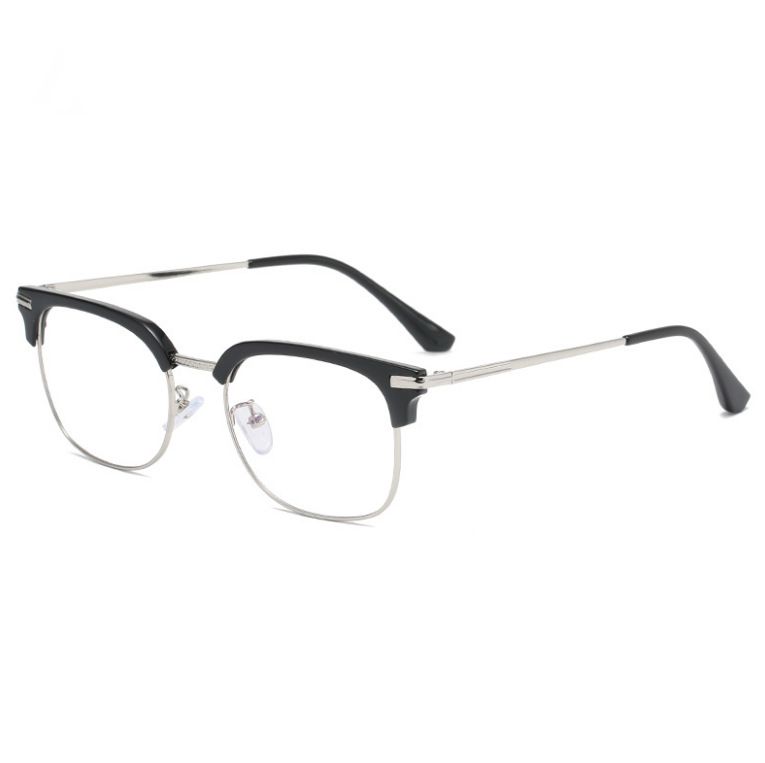 Retro radiation myopia goggles...
Retro radiation myopia goggles... 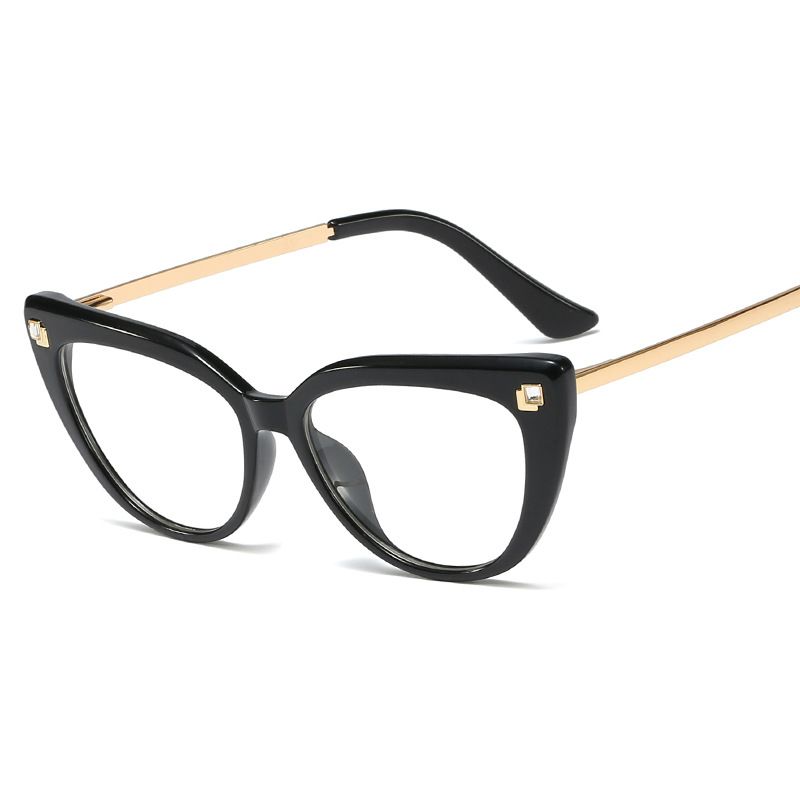 Personalized rivet diamond inl...
Personalized rivet diamond inl... 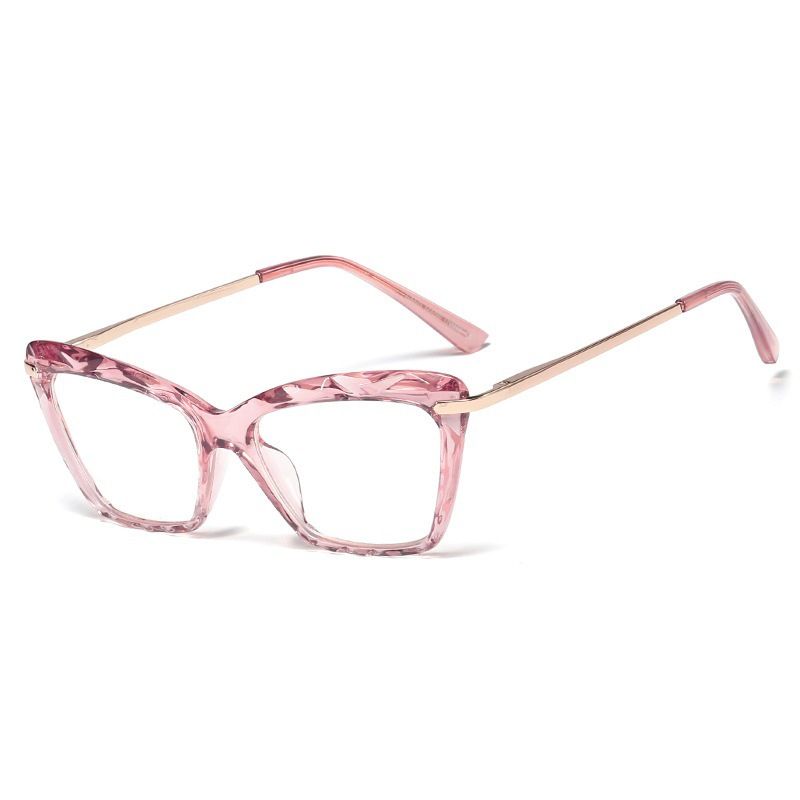 Retro transparent anti-blue li...
Retro transparent anti-blue li... 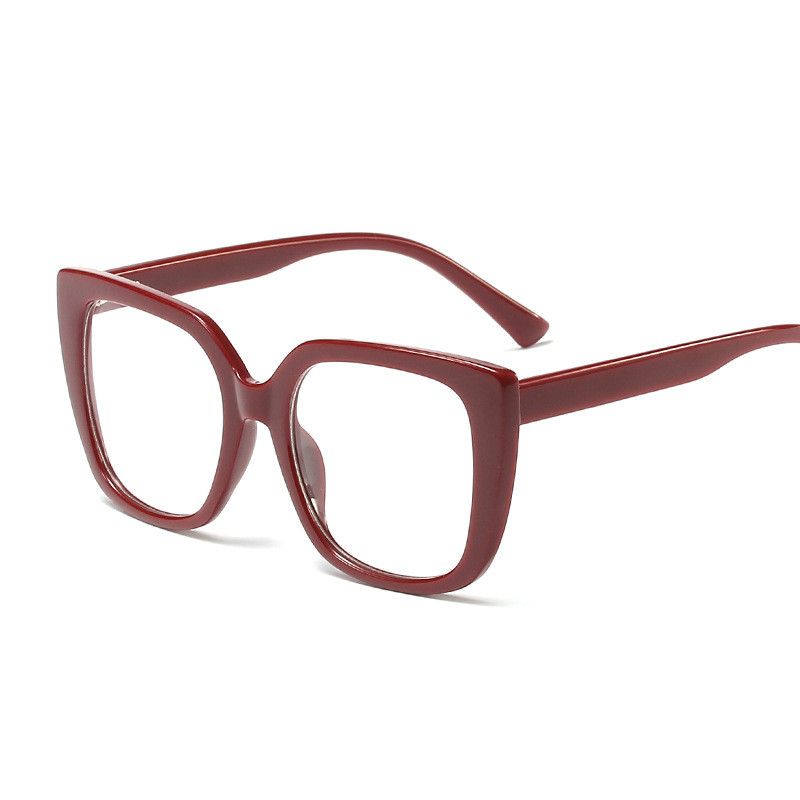 New fashion unique square opti...
New fashion unique square opti... 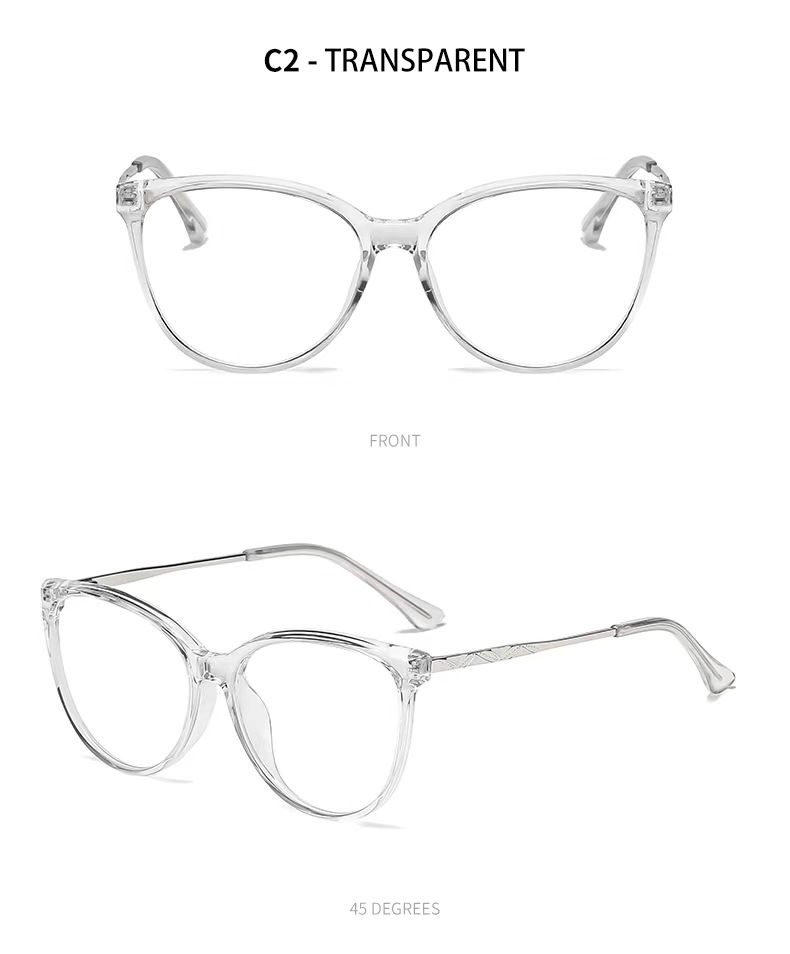 Fashion Design TR Frame Prescr...
Fashion Design TR Frame Prescr... 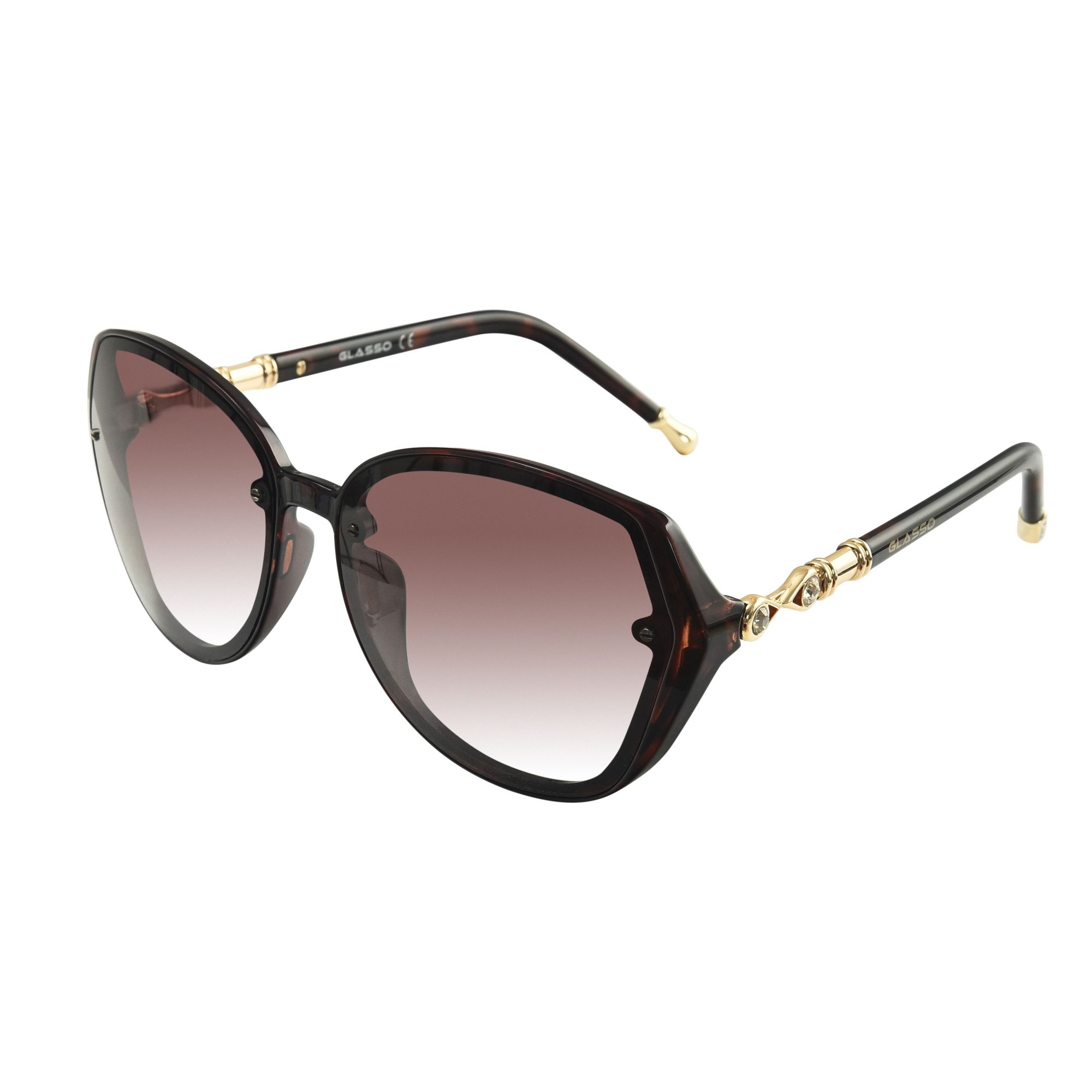 2021 Sunglasses Fashion Design...
2021 Sunglasses Fashion Design... 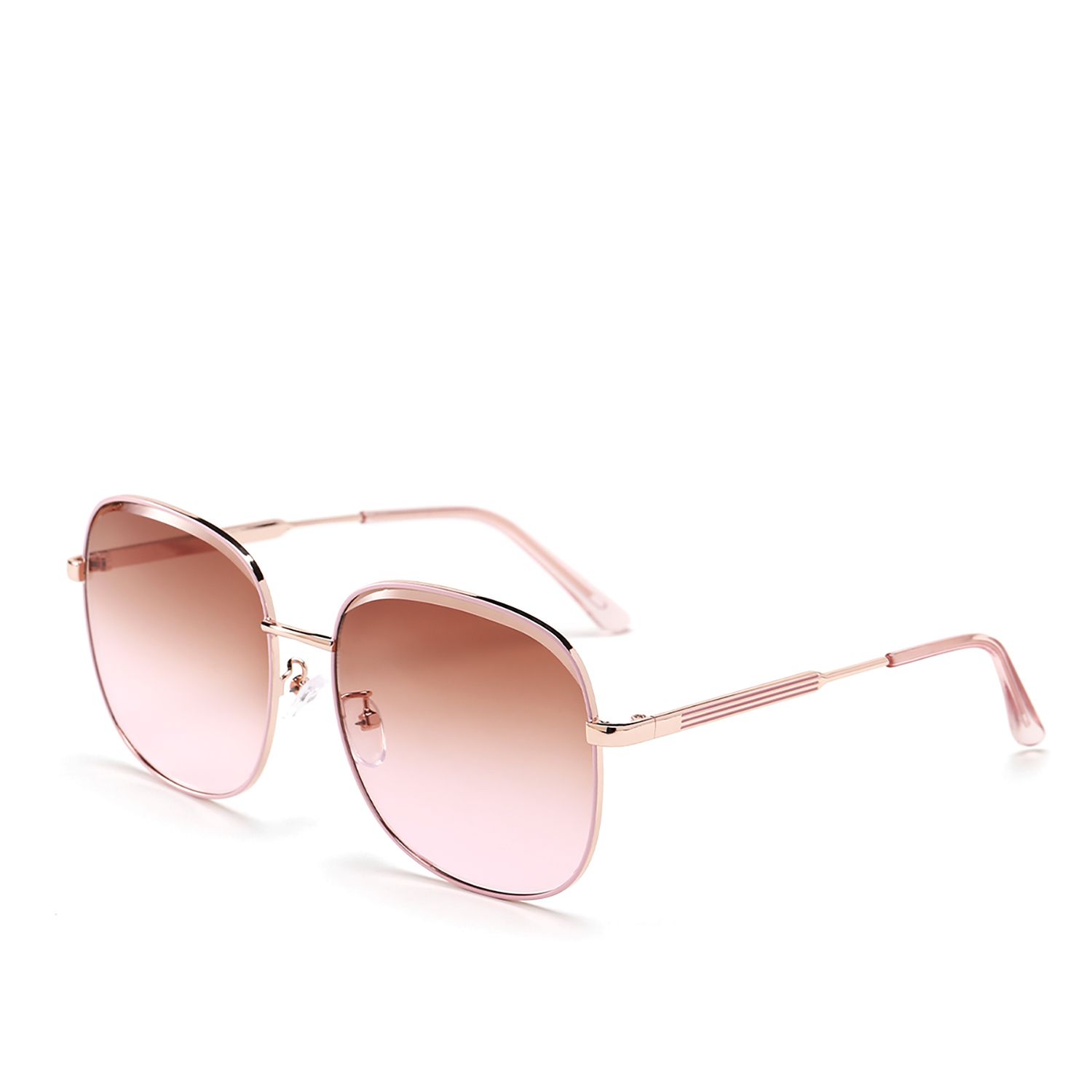 2021 Latest fashion popular st...
2021 Latest fashion popular st... 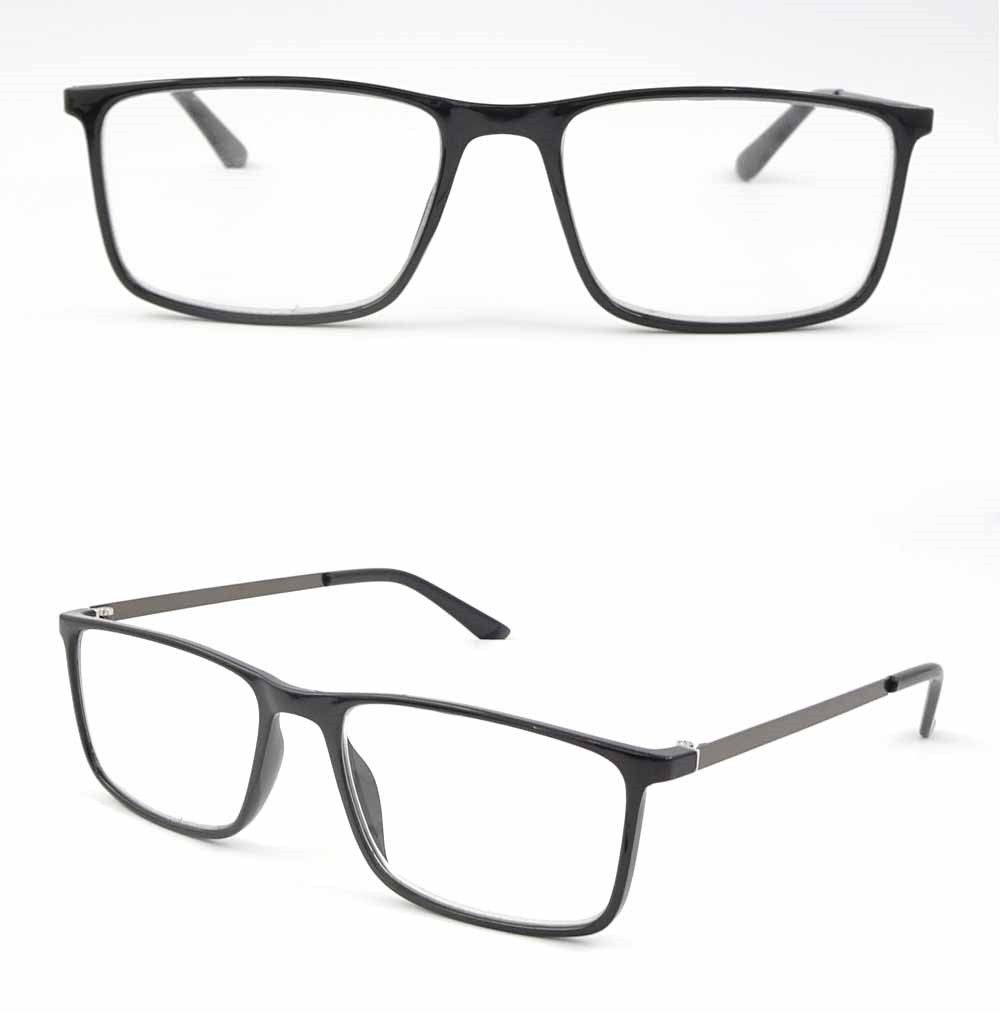 New Fashion High Quality Clear...
New Fashion High Quality Clear... 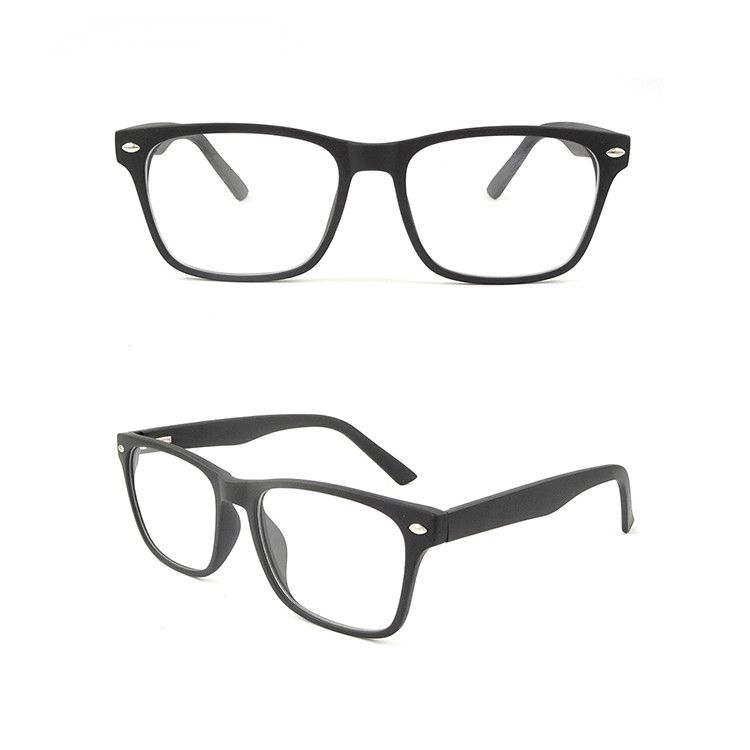 High quality metal spring hing...
High quality metal spring hing... 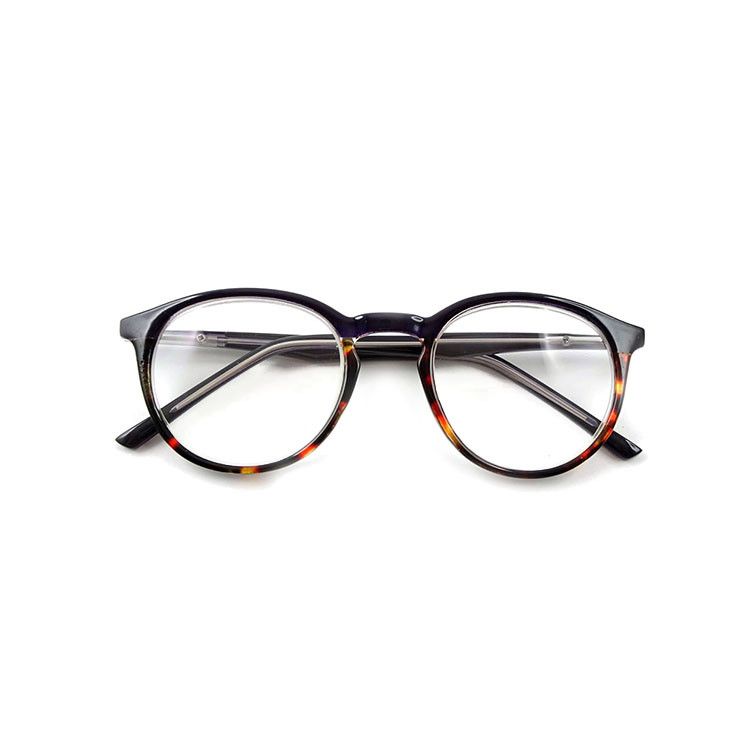 High Quality New Style Design ...
High Quality New Style Design ... 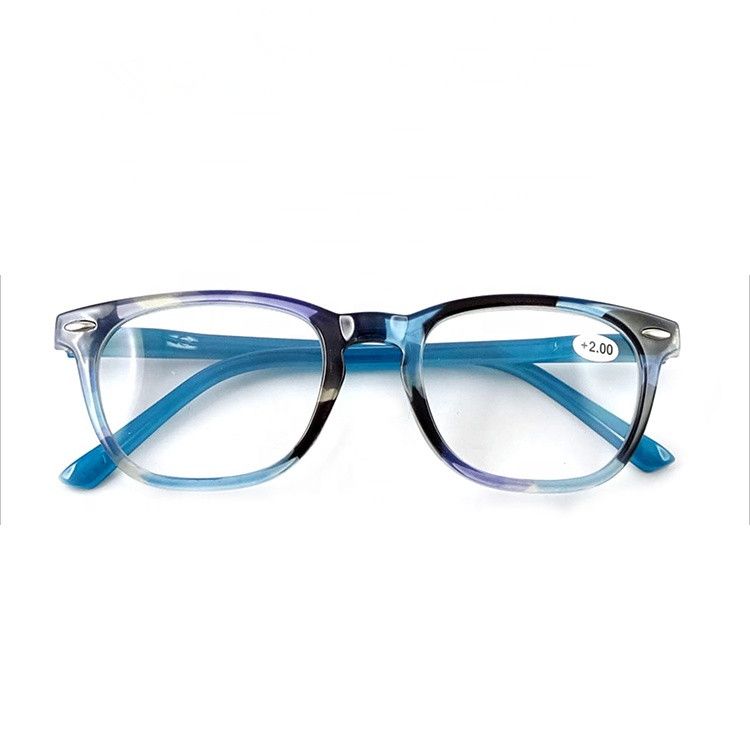 High Quality Oromotion Wholesa...
High Quality Oromotion Wholesa... 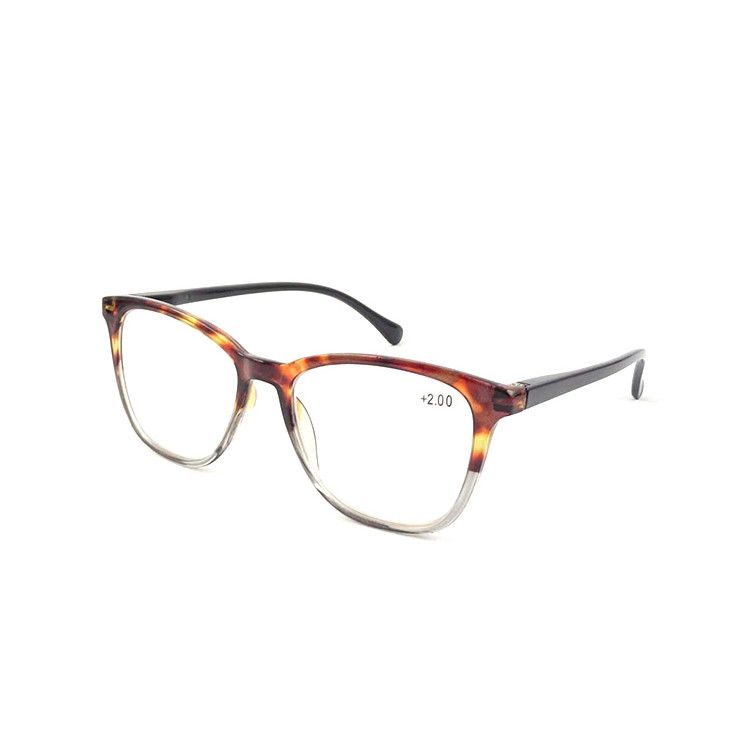 Unisex spring hinge glasses re...
Unisex spring hinge glasses re...